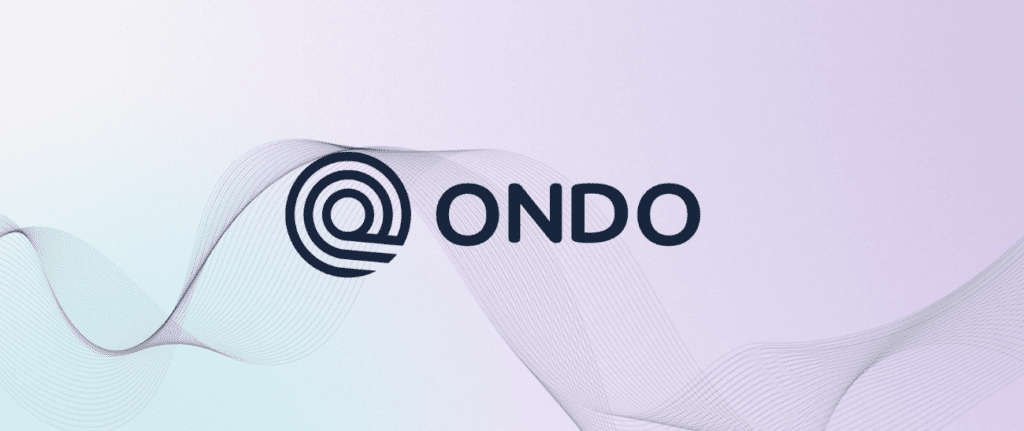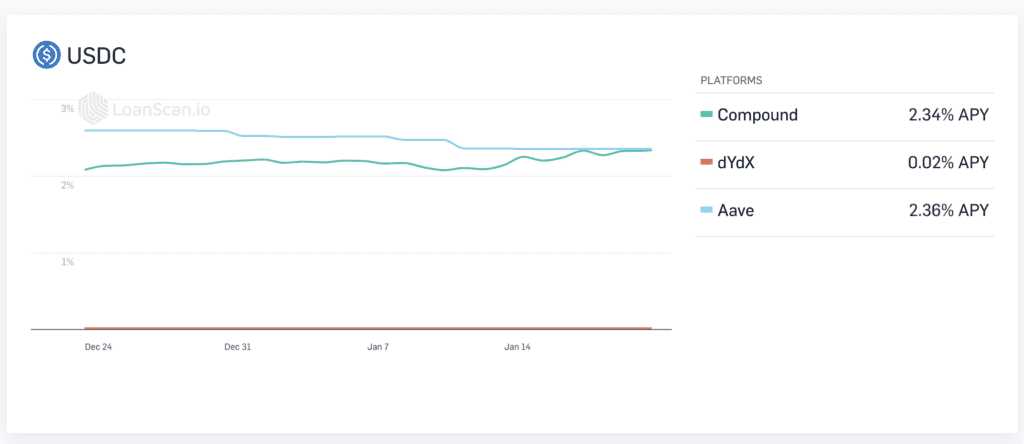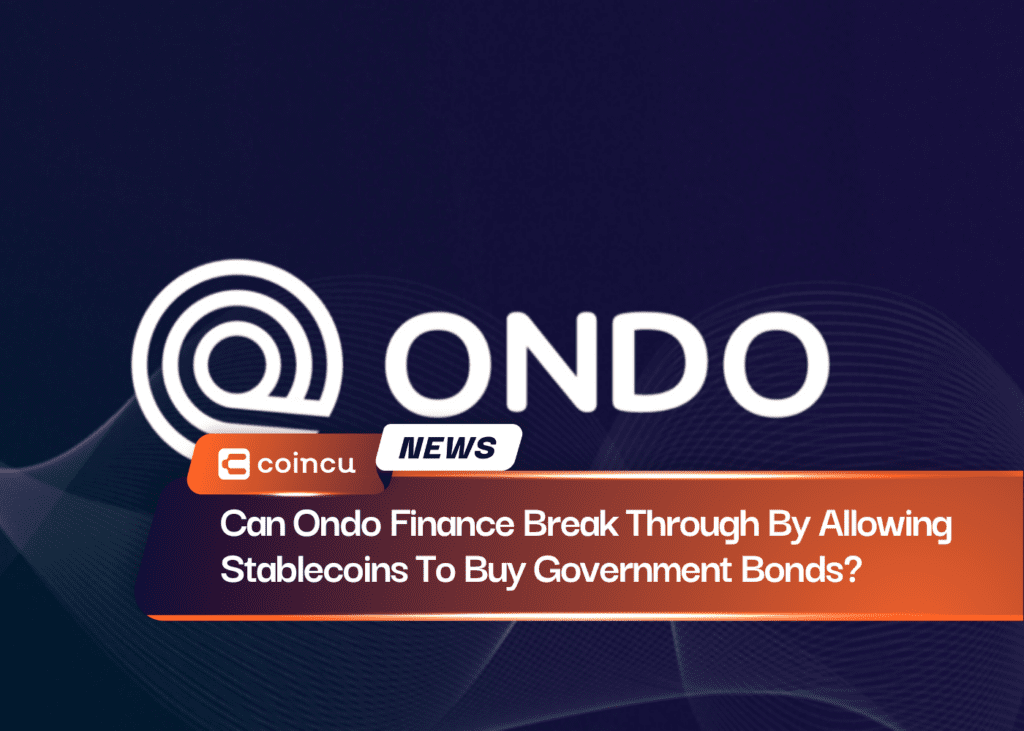DeFi is gradually expanding the boundaries of encrypted business. Recently, the DeFi protocol Ondo Finance announced the launch of a tokenized fund, allowing stablecoin holders to invest in bonds and U.S. treasury bonds, which means that real-world assets are accelerating their integration with DeFi. During a period of declining crypto interest rates, user assets can be allocated with higher returns.

Three tokenized U.S. Treasuries and bond products, introducing a whitelist system
As an important means of financing and financial instruments, bonds are low-risk safe-haven assets and fixed-income investment products, especially the interest rate of US treasury bonds is generally recognized as the risk-free interest rate in the market.
However, the thunder of high-yield products such as UST, which once advertised 20% interest in the encryption market, is hitting investors’ confidence, and the yield performance of the DeFi field, which focuses on high returns, is not satisfactory. Take the leading lending projects Compound and Aave as examples. LoanScan data shows that as of January 21, the deposit rates of USDC on Compound and Aave have dropped to 2.34% and 2.36%, which are far lower than the interest rates on U.S. Treasury bonds.

In order to balance exposure risks and improve profitability to the greatest extent, in fact, many crypto projects choose treasury bonds as their investment choice. For example, MakerDAO allocated 500 million DAI to invest in U.S. treasury bonds and corporate bonds, and Circle will allocate all USDC reserves of Gold into the form of cash and short-term U.S. Treasuries, USDT issuer Tether has increased its holdings of U.S. Treasuries by more than $10 billion after removing commercial paper from its reserves, Sui development company Mysten Labs treasury is all funded by cash and Composition of the national debt.
Ondo Finance is a large-scale, highly liquid ETF managed by institutions such as asset management giant BlackRock and Pacific Investment Management Corporation (PIMCO). It has launched three tokenized U.S. Treasury bonds and bond products, namely U.S. government bond funds OUSG), Short-Term Investment Grade Bond Funds (OSTB) and High Yield Corporate Bond Fund (OHYG).
Among them, OUSG will invest exclusively in short-term U.S. Treasury bonds, initially through the BlackRock U.S. Short-Term Treasury Bond ETF (SHV), which is expected to yield 4.62%; OSTB will invest in short-term investment-grade corporate bonds, initially through PIMCO Enhanced Short-Term Maturity Active ETF (MINT), yielding 5.45%; OHYG will invest in high-yield corporate bonds, initially via BlackRock iBoxx High Yield Corporate Bond (HYG), yielding 8.02%. Bond investors can transfer on-chain the net equity value of the tokenized fund approved by the smart contract, and Ondo Finance will charge an annual management fee of 0.15%.
In view of the failure of unregulated companies in the encryption field in 2022, Ondo Finance chose to cooperate with strictly regulated third-party service providers and hold assets in bankrupt far-qualified custody institutions.
Among them, Clear Street, a prime brokerage platform for institutional investors, is the main broker of the fund and will keep the fund’s securities in the DTC (American Depository Trust Company) account; Coinbase Custody will take care of any stable assets held by the fund.
Coinbase Prime handles the conversion between stablecoins and fiat currencies; Richey May, an accounting and financial consulting company will serve as the fund’s tax consultant and auditor. The company has been rated as the best company by Inside Public Accounting many times.
However, for compliance reasons, Ondo Finance will adopt a whitelist system. Investors need to pass KYC and AML screening before they can sign the subscription documents. Stablecoins or US dollars can be used. The SEC defines a “qualified purchaser” as an individual or entity investing at least $5 million.
Ondo Finance was founded by former Goldman Sachs digital asset team member Nathan Allman and former Goldman Sachs technology team vice president Pinku Surana. It was originally an Ethereum-based DeFi protocol that allowed users to initiate crypto-backed loans to earn income. Lenders and borrowers jointly invest funds in “Ondo Vaults” that use smart contracts to enforce loan terms.
During 2022, Ondo Finance raised $10 million through public token sales, and completed $20 million in financing led by Founders Fund and Pantera Capital. Previously, Ondo Finance and the stablecoin protocol Fei Protocol launched Liquidity as a Service, invested a total of $100 million in the deployment of the plan, and reached cooperation with UMA, GRO, FOX, NEAR and other well-known DeFi protocols through Liquidity as a Service Help them increase the liquidity of decentralized exchanges, eliminate unsustainable liquidity mining activities that cause currency price fluctuations, but currently, the Vault pages with Fei Protocol and UMA are also 404. It’s worth mentioning that Fei Protocol went out of business after it was hacked and $80 million was stolen.
However, at present, Ondo Finance’s official website has no relevant content on the previous lending and liquidity-as-a-service business. According to the speech of its CEO, Nathan Allman, the business transformation has been carried out. Alternatives to bridge the gap between low-yield and high-risk returns on-chain, allowing investors to quickly and easily switch back and forth between stablecoins and traditional assets, especially highly liquid, low-risk products.”
Breaking through the volume bottleneck, real-world assets accelerate into DeFi
In fact, looking at most DeFi protocols, most of them revolve around the original assets on the chain, which also presents an invisible ceiling for the development of DeFi. DefiLlama data. shows that in the past year, affected by the sharp decline in encrypted assets, the total lock-up volume of DeFi has dropped from a maximum of over $180 billion to about $39 billion, a drop of more than 78%, which is different from the volume of traditional assets.
Before that, there have actually been many projects testing the waters to introduce real assets into DeFi. For example, JPMorgan Chase, DBS Bank and SBI Digital Asset Holdings have used the Aave protocol on Polygon to complete foreign exchange and government bond transactions on the Ethereum network. The bank swapped tokenized versions of Singapore government securities for Japanese government bonds and yen for Singapore dollars as a test. However, this on-chain foreign exchange and bond exchange test is aimed at regulators such as the Monetary Authority of Singapore.
Another example is MakerDAO issuing the world’s first DeFi-based real asset loan. The Fix&Flip loan pool New Silver on Tinlake, a lending platform based on the Centrifuge protocol, as the asset initiator, used MakerDAO as a credit tool to obtain the first loan. Not only that, but MakerDAO also jointly launched a $220 million fund with BlockTower Credit to provide capital for real-world assets. Aave has partnered with the encryption company Centrifuge to launch a real-world asset market, RWA Market, which allows companies to invest in real-world asset-backed markets in all aspects of their business.
In general, for DeFi, which is stuck in a development bottleneck, although it achieved rapid ecological expansion with high returns in the early stage, it still cannot compete with traditional finance. Only by embracing real-world assets can it better enter the mainstream world. Ondo Finance and other projects put traditional assets on the chain, which will help DeFi open the door to the incremental market and realize a new paradigm for the application of traditional assets.
DISCLAIMER: The Information on this website is provided as general market commentary and does not constitute investment advice. We encourage you to do your own research before investing.
Join us to keep track of news: https://linktr.ee/coincu
Harold
Coincu News





